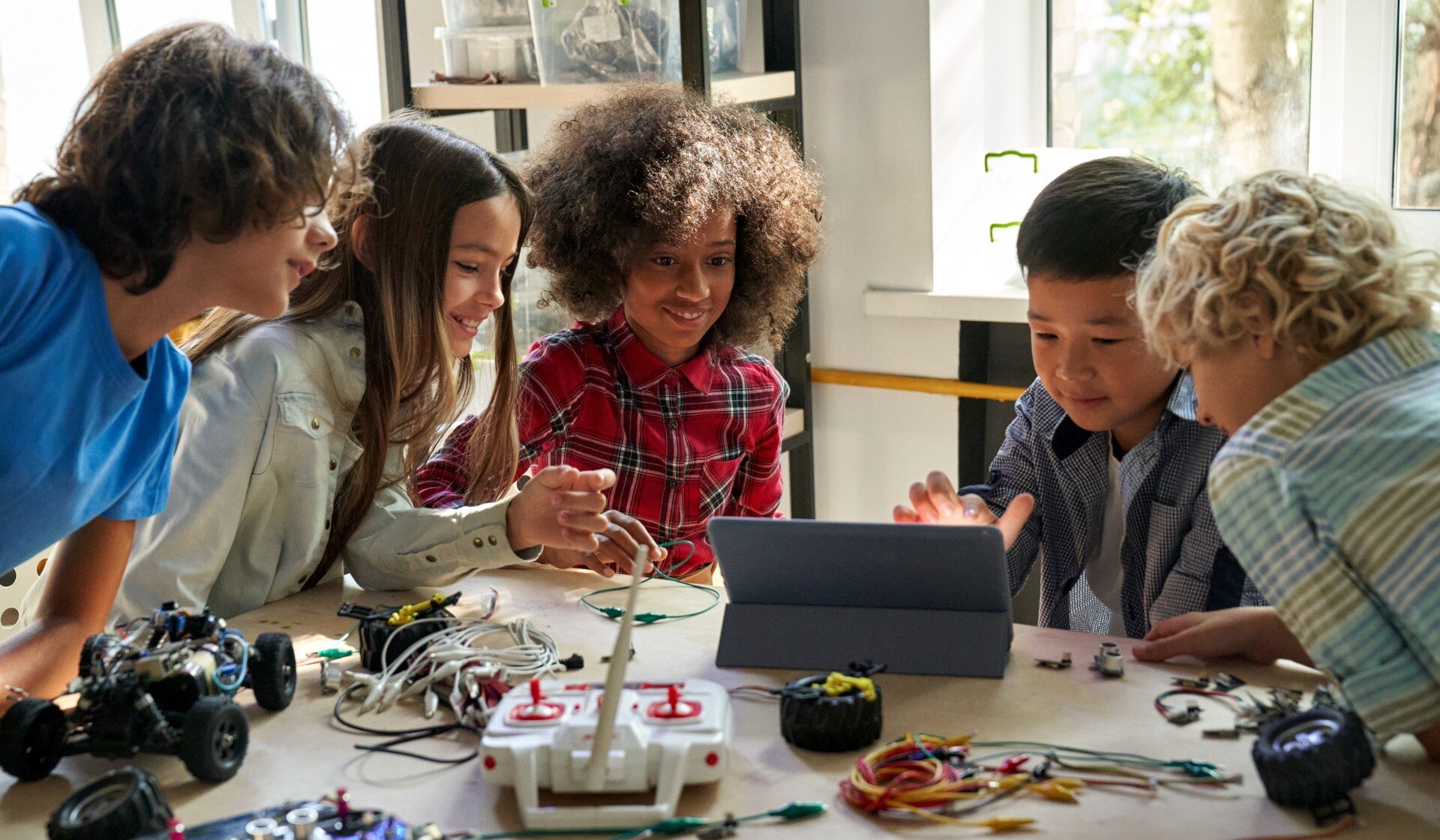For many autistic students, the high school experience is shaped as much by misunderstanding as it is by academic challenge.
Classrooms not designed with neurodiversity in mind can leave these students feeling isolated, unmotivated, and overlooked.
But a new study suggests that when educators focus on students’ strengths rather than deficits, it can profoundly change how autistic adolescents engage with learning, build relationships, and imagine their futures.
A new study by Jia White and colleagues, published in Autism (2025), explores how strengths-based approaches are experienced by autistic adolescents attending or recently graduating from mainstream high schools in Western Australia.

The study found that autistic students reported increased motivation, confidence, and future aspirations when their personal interests and talents were supported at school.
They described stronger connections with peers, more meaningful learning experiences, and greater clarity about their goals when their education aligned with what they enjoyed and excelled at.
Strengths-based approaches are a growing educational movement that aims to support students by identifying and building on their individual abilities and interests, rather than focusing solely on areas of difficulty.
For autistic students, this can mean tailoring learning around areas like coding, storytelling, or hands-on projects, and offering opportunities to develop those skills in ways that feel meaningful.
To better understand how this plays out in real classrooms, the researchers interviewed 16 autistic adolescents aged 12 to 20, most of whom were still in high school.
Using a descriptive phenomenological method, the team explored how students perceived and made sense of their strengths-based learning experiences. Interviews were conducted in person or online, allowing students to reflect on what helped them engage at school and what held them back.
Students consistently described a sense of enjoyment and mastery when working in areas that suited their strengths—whether that was programming, writing, science, or physical education.
For some, it was the logic and predictability of STEM subjects that made them appealing. For others, creative expression or hands-on activities brought learning to life.
One student, Jack, said programming was a favorite because “it’s fun, it’s cool to learn and it reliably makes sense.” Another student, Isabell, shared her enthusiasm for writing stories, describing the experience as “legend” and “really, really fun”.
Students also reported that their strengths helped them form connections with peers. Shared interests often served as a natural entry point for social interaction, making it easier to engage in conversations and build friendships.
Some used their academic skills to help classmates, which not only supported others but also made them feel more included. These interactions, students said, were more organic and rewarding than formal social skills programs.
Importantly, strengths didn’t just boost academic performance—they shaped students’ hopes for the future. Several students could trace their career aspirations directly back to school experiences that nurtured their interests.
Whether dreaming of becoming a Manga artist, a pilot, or a barrister, students said their goals were clearer and more achievable when supported by educators who saw their potential.
But the benefits of strengths-based learning weren’t automatic. Students highlighted several supports that made these approaches work.
Trusting relationships with teachers played a central role. When teachers took time to understand their interests and how they learned best, students felt more comfortable and willing to engage.
As one student put it, “They just sort of know me and they understand me.” In contrast, when teachers showed little interest in who they were beyond academics, students felt disconnected and less motivated to participate.
Clarity and consistency were also key. Students valued clear expectations, structured routines, and flexibility in how they demonstrated their learning.
Accommodations such as visual aids, scaffolding, or choice in assignments allowed them to succeed on their own terms.
Several emphasized the need for both structure and autonomy—enough guidance to stay on track, but enough freedom to explore their interests meaningfully.
Hands-on, practical learning experiences—like running mock businesses or participating in technology clubs—were especially popular.
These not only deepened understanding of academic content but helped students connect learning to real-world skills and goals.
Students also called for more future-oriented support, including earlier career planning, mentorship, and opportunities to explore jobs that align with their strengths. “They should focus more on our future, not on the past,” one participant advised.
The study carries important implications for educators and policymakers. While strengths-based education is often promoted in theory, this research highlights the practical steps that make it meaningful for autistic students.
By listening to students’ voices, the authors argue, schools can move beyond generic inclusion policies and toward approaches that genuinely empower neurodiverse learners.
There are some limitations to the study. Most participants were male, and all were from Western Australia, which may limit how well the findings apply to other contexts or to female and gender-diverse students.
Additionally, those who chose to participate may have been more engaged or more able to articulate their experiences than others. Still, the study offers valuable insights into what works—and what doesn’t—for autistic adolescents navigating mainstream education.
As more autistic students enter mainstream high schools, understanding their lived experiences becomes increasingly important.
This study offers a reminder that effective inclusion isn’t just about accommodating needs—it’s about recognizing strengths, supporting aspirations, and creating environments where all students can thrive.
Citation
White, J., McGarry, S., Williams, P. J., & Black, M. H. ‘We think differently, we learn differently, but at the end of the day we’re not that different’: Strengths-based approaches in high school from the perspectives of autistic adolescents. Autism. https://doi.org/10.1177_13623613251348557


